Abstract
Background: Although the Internet boosts business profitability, without certain activities like efficient transportation, scheduling, products ordered via the Internet may reach their destination very late. The environmental problems (vehicle part disposal, carbon monoxide [CO], nitrogen oxide [NOx] and hydrocarbons [HC]) associated with transportation are mostly not accounted for by industries.
Objectives: The main objective of this article is to minimising negative externalities cost in e-commerce environments.
Method: The 0-1 mixed integer linear programming (0-1 MILP) model was used to model the problem statement. The result was further analysed using the externality percentage impact factor (EPIF).
Results: The simulation results suggest that (1) The mode of ordering refined petroleum products does not impact on the cost of distribution, (2) an increase in private cost is directly proportional to the externality cost, (3) externality cost is largely controlled by the government and number of vehicles used in the distribution and this is in no way influenced by the mode of request (i.e. Internet or otherwise) and (4) externality cost may be reduce by using more eco-friendly fuel system.
Introduction
The impact of the Internet in the 21st century cannot be swept under the carpet. It has brought products close to customers; with a click customers can buy any products of their choice. Businesses are not left out; indeed, businesses making use of the Internet to sell their products are making abnormal profits (Xia & Zhang 2010). Lankford (2004) captures benefits for businesses using the Internet to sell their products as (1) fast speed to the market: quick response to changing market conditions, (2) less expensive: reduces business errors, decreases the use of labour and paper usage, provides better product tracking and delivery and cuts acquisition time; (3) highly flexible: custom interface between a company and its different clients and (4) shortening product delivery time. The first three benefits can be realised during the Internet business transaction but the last benefit involves other activities like transportation scheduling, product handling, efficient warehouse management, traffic management and others. Effective transportation scheduling or routing help reduce products delivery time (Ying & Dayong 2005). That notwithstanding, the immense environmental challenges and inconveniences created by petroleum products (gasoline and gas oil) used to power vehicles, vehicles parts disposal (e.g. dirty oil and car battery), vehicle weight impact on road and others need to be accounted for when scheduling products transportation (Cuevas-Cubria 2009; Knittel 2012; Santos et al. 2010). This article aims at developing a methodology that will most efficiently minimise negative externalities cost in e-commerce environments.
Researchers have applied different mathematical methods to minimise transport optimisation cost in e-commerce environments. Li, Wu and Zhang (2010) applied mutilate goals vehicle scheduling problem to investigate how time impacts product delivery in e-commerce logistics distribution. Their results emphasise that customers prefer to receive the products they ordered online mainly in the afternoon with a smaller width of time window. Customers’ preference of receiving products with smaller width of time mounts enormous pressure on transportation companies. Yang and Li (2013) used vehicle routing problem with time window (VRPTW) to study vehicle scheduling problem under e-commerce environment. They applied clustering analysis to analyse the problem and their simulation results revealed that VRPTW optimises cost better than the traditional vehicle routing problem. Dondo, Méndez and Cerdá (2009) developed a vehicle routing problem in supply chain management (VRP-SCM) to optimise complex distribution systems. Their VRP-SCM system allows two or more vehicles to visit a given location to perform pickup and delivery operations and vehicle routes may include several stops. Using a mixed integer liner programming (MILP), they solved the VRP-SCM problem which relies on a continuous time representation. Their approach provides a very detailed set of optimal vehicle routes and schedules to meet all product demands at minimum total transportation cost. Chen’s (2008) network convective distribution model helps to minimise logistics distribution problems in e-commerce, while Daly and Cui (2003) identified that transporting products along waterways in China creates serious problems which hinder e-logistics management in China.
Cuevas-Cubria (2009) compared externalities internalisation of greenhouse gases (GHG) and air pollution (AP) from biofuels and petroleum fuels. His results emphasise that biofuels produce less external cost and emission of GHG and AP compared to petroleum fuels. Further reduction of biofuel external cost and emission can be attained if critical attention is given to feedstock from which biofuels are produced. Santos et al. (2010) discussed the use of economic instruments to correct road transport externalities, giving relatively more weight to the problem of carbon emissions from road transport, as this is particularly challenging, given its global and long-term nature. They applied command-and-control (CAC) and incentive-based (IB) policies to address the problem of transport externalities. Their results indicate that IB policies are more cost effective than CAC. CAC policies are not efficient even in a perfect information scenario and IB policies do not impose any choices, but rather leave consumers and producers to make decisions according to their costs and benefits, preferences and constraints. In addressing these policies, government should put a price on the negative externalities, like a carbon tax or cap-and-trade policy created for petroleum fuels (Knittel 2012; Santos et al. 2010).
The papers reviewed have addressed (1) ways to minimise vehicles scheduling problems in e-commerce environments and (2) negative externalities costing. While most researchers focused on either minimising vehicles scheduling problems in e-commerce environments or negative externalities costing as separate entities, this research incorporates both externalities cost and scheduling in e-commerce environments. The 0-1 mixed integer linear programming (0–1 MILP) model was used to solve the optimisation problem and the results were further analysed using externality percentage impact factor (EPIF). The simulation result shows that (1) private cost and external cost surge up as oil marketing companies (OMCs) increase their demand for refined petroleum products (RPPs); however, EPIF ranges between 2% and 3%, (2) so far as RPPs are not distributed by automated pipelines but by vehicles, e-commerce transactions cannot reduce externality cost, (3) oil refinery companies (ORCs) can minimise production cost if they adopt close distance distribution strategy and (4) externality cost payment by industries necessitates further research to ascertain its fairness. The rest of the article is organised as follows: the ‘Statement of problem’ section defines the problem while the ‘Methodology’ section focuses on methodology: 0-1 MILP mathematical model and EPIF. The ‘Conclusion’ section deals with the simulation results and discussions. The final section concludes with the findings, future research and limitations of the article.
Statement of problem
In general, the channel by which OMCs’ procure RPP from ORC:
OMC places an order via the Internet. ORC acknowledges receipt of the order and forwards it to their vehicle logistics department (Figure 1). RPPs (gasoline, gas oil, LPG and kerosene) are stored at different sites (site A: gasoline, site B: gas oil, site C: LPG and site D: kerosene) to optimise storage capacity and to develop strategic usage of products at these sites. The vehicle logistics department strategises ways to minimise negative externality cost to various filling stations as shown in Figure 2.
 |
FIGURE 1: Oil marketing companies ordering refined petroleum products online. |
|
 |
FIGURE 2: Oil marketing companies accessing and distributing refined petroleum products. |
|
The heuristic distribution to the various filling stations encounters several problems like road networking, sequencing, scheduling and negative externalities among others. Negative externality cost problems arise during RPP accessing and distribution. That is, gases such as carbon monoxide (CO), nitrogen oxide (NOx), hydrocarbons (HC) et cetera. generated by vehicles in the course of satisfying OMCs’ demands, RPP vehicle weight impact on tarred roads, vehicle parts disposal and others are released into the environment. These pollutants degrade the environment (thereby depleting the ozone layer), leading to negative health issues, short life span of roads, water pollution and curtailing the life of manpower in the country among others. This article addresses this problem by focusing on ways to minimise the negative externalities cost arising from the distribution of RPP by using both 0-1 MILP and EPIF methodologies.
The 0-1 MILP model is used to solve the problem statement (Dondo et al. 2009; Uzar & Catay 2012). In developing the vehicle route plan to optimise the cost of negative externalities, these assumptions were taken:
- ORC owns sufficient vehicles to fulfil each OMC demand.
- ORC vehicle warehouses are located at vantage zones and the distance between warehouse and RPP storage sites are at most 10 km apart.
- Orders for RPPs are made through the Internet.
- The model does not account for vehicle delivery delay penalty costs, for example, traffic disruptions, stopover at previous stations, vehicle breakdowns and loading vehicle with petroleum product.
- ORC vehicles can access RPP from its storage site daily with no quantity limitations (in tons) and there are no queues at storage sites during product loading.
- A vehicle dispatched from a warehouse after completing its scheduling route cycle can be parked at any nearby warehouse and vehicles can be used to deliver any kind of RPP.
- The cost of ORC purchasing crude oil is not considered in the cost minimisation structure.
- Gasoline-powered vehicles are used to access and distribute RPP.
- Gasoline products used to power vehicles are not yet taxed by government since government will receive external cost settlements from ORC.
The next paragraph touches on the 0-1 MILP mathematical model; refer to Appendix 1 for the nomenclature.
Methodology
This section discusses the 0-1 MILP model and EPIF. The 0-1 MILP mathematical model integrates the private and social cost to arrive at the optimum negative externality cost.
Private cost
The private cost is constructed by combining distances between warehouses and storage sites, storage sites and filling stations, filling stations (i.e. distance between filling station 1 and 2), RPPs characteristics and demand and vehicle capacity and weight. The private cost objective function is:
Subjected to:
Equation 1 is the private cost objective function, which is in three parts: (1) the cost of accessing RPPs from storage sites, (2) unit distance cost between storage sites and first filling station supplied with RPP and (3) the cost of distributing petroleum products to OMCs’ various filling stations. Constraint sets 2 and 3 describe how vehicles assigned to access and distribute RPP end their route pathway (e.g. vehicle dispatched from warehouse 1 ends its route pathway at warehouse 2). Vehicles used to access and distribute RPPs are vehicles that can accommodate any RPP characteristics as shown in constraint 4. Constraint 5 states that vehicles v are dispatched once from warehouse 1 or 2 and that of constraint 6 captures where vehicles v starts their accessing and distributing route, that is ORC’s warehouses. Constraint 7 covers the number of vehicles dispatched from warehouse 1 or 2 to access RPP at various storage sites, while vehicles accessing RPP from a storage site are served one at a time as shown by constraint 8. Constraint 9 equates the total number of vehicles accessing RPP at various storage sites to the number of vehicles dispatched from various warehouses. That of constraint 10 assumes that the total amount of RPP p delivered to each filling station n must always satisfy filling station demands. Since TULPNV is the amount of petroleum product p delivered by vehicle v to filling station n, constraint 11 establishes that the condition that a delivery operation performs by vehicle v at filling station n can only take place if the vehicle v has been assigned to filling station n and K acts as delivery upper boundary. Constraints 12 and 13 state that the total load of vehicle v (i.e. the amount of petroleum product transported by a vehicle) cannot exceed the vehicle maximum volumetric and weight capacity, respectively.
Constraint 14 ensures that most vehicles v loaded with RPPs can visit at least one filling station while constraints 15 and 16 capture the route constraint of vehicles v visiting exactly one filling station first n and exactly one filling station last n′, respectively. Constraint 17 makes sure that every filling station n can at most be visited by a single vehicle during the planning horizon and the storage sites act as a pure RPP lifting site as captured by constraint 18. Constraints 19 and 20 state that a single filling station n can be visited first or last by vehicle v. Finally, constraint 21 states that vehicle v must visit filling station n before visiting filling station n′.
Social cost
The social cost is restricted only to negative health issues (e.g. CO reduces the flow of oxygen in the bloodstream and HC produces ozone, ozone impacts on pulmonary function in children, asthmatics and exercising adults) (Parry, Walls & Harrington 2007) produced by gasoline-powered vehicles. Other external costs are vehicle involvement in road accident, vehicle weight impact on roads and the cost of disposing vehicles parts (e.g. faulty tires and dirty oil). These references (Lee 1993; Parry et al. 2007; US FHWA 1997) were used to estimate negative health, road accident, road maintenance and vehicle part disposal external cost. All the social costs were estimated in cent per miles but were converted into dollars per kilometre. The social cost objective function is shown below:
Subjected to:
Equation 1* captures the social cost objective function of the 0-1 MILP mathematical model. The cost equation is in four parts, the first two parts cover the cost of accessing RPP form storage sites, the third part touches on the cost of distributing RPP to OMCs’ various filling stations and the last part accounts for social cost. Constraint 22 states that vehicle v used to access and distribute RPP produces gases such as CO, NOX and HC which reacts with atmospheric gases to produce inhumane gases, and these gases do not exceed the government threshold as captured by constraint 23. Constraint 24 establishes that vehicle v weight damages tarred road. Constraints 25 and 26 state that the number of times vehicle v body parts are replaced (i.e. at most once per 10 000 km) and vehicle v parts discarded cannot be recycled or reused by any other vehicle, respectively. Constraint 27 captures vehicle v involvement in road accidents, whereas constraint 28 states that vehicle v involvement in road accidents delays RPP accessing and distribution. Finally, constraint 29 assumes that if vehicle v is involved in an accident, ORC’s management write off RPPs carried by vehicle v as a bad debt, and a new vehicle is dispatched to satisfy OMCs’ demands. Equation 30 is the formula for calculating negative externality cost.
Externality percentage impact factor
Equation 31 captures EPIF on private cost. This is calculated to establish which distance distribution strategy impacts private cost most:

Simulation analyses and discussion
The developed 0-1 MILP model is simulated based on vehicle type and characteristics, distance between warehouse and storage sites, storage sites and filling stations, RPPs characteristics, RPP demand at filling, fixed cost and social costs. Distances between storage sites and filling stations were classified into three categories: (1) closer distance distribution (CDD) distance ranging from 1 km to 100 km, (2) mid distance distribution (MDD) distance covering 101 km – 250 km and (3) far distance distribution (FDD) distance from 251 km to 400 km. The Generalized Algebraic Modeling System (GAMS) software (Rosenthal 2014) 64-bits, CPLEX 24.3.3, and an Intel (R) Pentium (R) 987 CPU 1.50 GHz, 4.00 GB RAM computer were used to analyse five different scenarios to ascertain the robustness of the 0-1 MILP model and Tables 1–7 exhibit the assumed parameters.
| TABLE 1: Fixed cost, social cost and upper boundary. |
| TABLE 2: Vehicle type and characteristics. |
| TABLE 3: Distance between warehouse and storage sites (km). |
| TABLE 4: Refined petroleum product characteristics. |
| TABLE 5: Distance between storage site and filling stations (km). |
| TABLE 6: Distance between filling stations (i.e. the distance between filling station 1 and 2 per km). |
| TABLE 7: Filling stations demand of refined petroleum products (m3). |
Scenarios
The robustness of the 0-1 MILP model for private and social cost was tested using 15 scenarios. This was obtained by taking a combination of four (i.e. 4C1, 4C2, …, 4C4), because four RPPs were to be scheduled. For example, the private and social costs of scheduling RPPs under CDD or MDD or FDD strategy for gasoline, gas oil, LPG, gasoline and gas oil, LPG and kerosene, and gasoline, gas oil and kerosene were analysed.
Per the assumption taken, ORC’s may satisfy OMCs’ demands for single (gasoline, LPG and kerosene) RPP to be accessed and distributed to five filling stations by using a single vehicle, with the exception of gas oil where two vehicles are required. Besides, more vehicles are needed to meet OMCs’ demand increments. As the number of vehicles used to access and distribute RPP increases private cost, external cost due for government increases per the distance distribution strategy applied. The lowest and highest private cost for CDD, MDD and FDD strategies are $2786.80 – $58112.35, $8855.75 – $173970.35 and $14427.75 – $267420.37, respectively, and for that of social cost and external cost (refer to Appendix 2 and Figure 3). That notwithstanding EPIF for all the distance distribution strategies lies between 2% and 3%. The lowest EPIFs for CDD, MDD and FDD are 2.14%, 2.22% and 2.18% and the highest for these strategies are 2.83%, 2.98% and 2.92%, respectively (refer to Appendix 2 and Figure 4).
 |
FIGURE 4: Externality percentage impact factor graph. |
|
From the simulation results as OMCs’ demand for RPP increases, the total number of vehicles needed to access and distribute RPPs increases, which increases inhumane gas pollutants in the atmosphere, shortens the lifespan of tarred road, increases vehicle spare-parts replacement in the long run and delays RPPs to various filling stations. These negative repercussions justify why externality cost keeps rising with increase in OMCs’ demands. Although external cost keeps increasing, it is within government threshold, but if government changes its threshold ORC may end up paying high (less) external cost. The high external cost increases ORC operation cost, and this is mostly passed on to OMCs that further offload it to customers, that is, customers complaining about buying RPP at high cost. The external cost helps government to raise funds to clean the environment. However, government can improve its taxes on externality if it ensures effective internalisation of negative external activities generated by OMC’s at various filling stations. External cost in both the short and long run empowers government to achieve its goal of cleaning the environment. Although RPPs daily usage creates a lot of environmental pollution, its alternative replacement in the near future may be extensively difficult due to its well-established usage in the world.
Besides, no matter the distribution strategy employed by ORC, external cost remains almost the same. The main contributing factor for this phenomenon is that in the short run as the total number of vehicles used to access and distribute RPPs increase body part pollution is rare. Meaning ORC management may recover their capital investments on vehicles and also free it from buying vehicle spare-parts. The closer distance distribution strategy (CDD) yields smaller amounts of private and external cost compared to the other strategies. Suggesting distribution RPP to filling stations closer to each other reduces cost and improves ORC efficiency. Furthermore, the EPIF enlightens management that any distribution strategy employed results in almost equal amounts of external cost: meaning a particular or a mixture of strategies used to distribute RPP may yield the same negative externality cost. In addition, ordering RPPs via the Internet does not reduce external cost so far as accessing and distribution are fulfilled by vehicles. ORC may enjoy lesser external cost if they distribute RPPs by automated pipeline, which is very expensive in its initial stage. In so doing, they pay less external cost to cover burst, cracked or faulty pipelines. In addition, comparing the external cost computed in this article and what ORC’s and OMC’s actually pay as external cost to government raises the question, ‘are ORC or OMCs paying less, fair or excess external cost?’
Conclusion
The benefits enjoyed by firms using the Internet to transact business are yet to be overtaken by other marketing tools. These benefits coupled with effective transportation system shorten product delivery time. But in achieving these fates, industries need to account for the pollution they generate. This article aims to minimise the negative externalities cost in e-commerce environments. The 0-1 mixed integer linear programming model (0-1MILP) was used to model the objective and GAMS to solve it. The result was further analysis using EPIF. Fifteen different scenarios were tested to ascertain the 0-1 MILP model robustness. The outcome suggests that as OMCs increase their RPPs demand ORC can meet their demand by increasing its vehicle capacity and applying CDD distribution strategy which produces less negative externality cost. Although all the distribution strategies yield the same EPIF, that is less than three percent (3%), the Internet cannot reduce ORC negative externality cost. The externality costs impact heavily on government’s ability to clean the polluted environment, but the challenge is whether industries are paying fair taxes for negative externalities. The limitation of this article arises from the parameters’ values and social costs assumption because any minute changes may impact the results. Future research works can be conducted by expanding the 0-1 MILP assumptions, parameters and externality assumptions, and mixing the distribution strategies.
Acknowledgements
The authors would like to thank Dr Elizabeth N. Appiah at Pentecost University College for her immense contribution, correction and time on this article.
Competing interests
The authors declare that they have no financial or personal relationships which may have inappropriately influenced them in writing this article.
Authors’ contributions
This work was carried out in collaboration between all authors. A.T. designed the study, wrote the literature and carried out the analysis. S.D-N. commented on the research and provided support by means of simulation analysis. All authors read and approved the final manuscript.
References
Chen, Z.X., 2008, ‘A network convective distribution model based on E-commerce’, International Conference of Natural Computation 4, 428–432. https://doi.org/10.1109/icnc.2008.292
Cuevas-Cubria, C., 2009, ‘Assessing the environmental externalities from biofuels in Australia’, Australian Commodities 16(1), 1–13.
Daly, S.P. & Cui, L.X., 2003, ‘E-logistics in China: Basic problems, manageable concerns and intractable solutions’, Industrial Marketing Management 32, 235–242. https://doi.org/10.1016/S0019-8501(02)00267-5
Dondo, R., Méndez, C.A. & Cerdá, J., 2009, ‘Managing distribution in supply chain networks’, Industrial Engineering Chemical Research 48, 9961–9978. https://doi.org/10.1021/ie900792s
Knittel, C.R., 2012, ‘Reducing petroleum consumption from transportation’, Journal of Economic Perspectives 26(1), 93–118. https://doi.org/10.1257/jep.26.1.93
Lankford, W.M., 2004, ‘Supply chain management and the internet’, Online Information Review 24(4), 301–305. https://doi.org/10.1108/14684520410553796
Lee, D.B., 1993, Full cost pricing of highways, Department of Transportation, Washington, DC, USA.
Li, H.X., Wu, J.F. & Zhang, Y., 2010, ‘Research on modified optimization model for vehicle routing problem in E-commerce logistics distribution’, in International Conference on E-Business and E-Government, 3411–3415. https://doi.org/10.1109/icee.2010.857
Parry, I.W., Walls, M. & Harrington, W., 2007, ‘Automobile externalities and policies’, Journal of Economic Literature 45(2), 373–399. https://doi.org/10.1257/jel.45.2.373
Rosenthal, R.E. (2014). GAMS—A user’s guide. GAMS Development Corporation. Washington, DC, USA.
Santos, G., Behrendt, H., Maconi, L., Shirvani, T. & Teytelboym, A., 2010, ‘Part I: Externalities and economic policies in road transport’, Research in Transportation Economics 28(1), 2–45. https://doi.org/10.1016/j.retrec.2009.11.002
US FHWA, 1997, 1997 Federal Highway Cost Allocation Study, US Federal Highway Administration, Department of Transportation, Washington, DC, viewed 30 June 2016, from https://www.fhwa.dot.gov/policy/hcas/addendum.cfm
Uzar, M.F. & Çatay, B., 2012, ‘Distribution planning of bulk lubricant at BP Turkey’, Omega 40, 870–881. https://doi.org/10.1016/j.omega.2012.01.008
Xia, Y. & Zhang, G.P., 2010, ‘The impact of the online channel on retailers’ performances: An empirical evaluation’, Decision Science 41(3), 517–546. https://doi.org/10.1111/j.1540-5915.2010.00279.x
Yang, H. & Li, J., 2013, ‘Study on the optimization of vehicle scheduling problem under the e-commerce environment’, Information Technology Journal 12(23), 7827–7832.
Ying, W. & Dayong, S., 2005, ‘Multi-agent framework for third party logistics in e-commerce’, Expert Systems with Applications 29, 431–436. https://doi.org/10.1016/j.eswa.2005.04.039
Appendix 1: Nomenclature
Subscripts
| w |
warehouse |
| s |
refined petroleum product storage site |
| v, v′ |
vehicles |
| p, p′ |
products |
| n, n′ |
nodes |
Sets
| W |
sets of warehouses |
| S |
sets of storage sites |
| V |
sets of vehicles |
| P |
sets of refined petroleum products (gasoline, gas oil, LPG, kerosene) |
| N |
sets of filling stations |
Parameters
| VCV |
vehicle v volume capacity |
| WCV |
vehicle v weight capacity |
| FCVP |
fixed cost for vehicle v operation (i.e. drivers’ fees, cost of fuel, etc.) |
| DW1SB |
distance between warehouse 1 and storage site B |
| DW1SC |
distance between warehouse 1 and storage site C |
| DW2SA |
distance between warehouse 2 and storage site A |
| DW2SD |
distance between warehouse 2 and storage site D |
| NVW1SB |
number of vehicles dispatched from warehouse 1 to storage site B |
| NVW2SC |
number of vehicles dispatched from warehouse 1 to storage site C |
| NVW2SA |
number of vehicles dispatched from warehouse 2 to storage site A |
| NVW2SD |
number of vehicles dispatched from warehouse 2 to storage site D |
| TNVW1W2 |
total number of vehicles dispatched form warehouse 1 and 2 |
| DNN′ |
distance between filling station n and n′ in kilometres |
| TNVVS |
total number of vehicles v at RPP storage sites s |
| DEMPN |
demand of refined petroleum products p at various filling stations n |
| DCPV |
unit distance cost for delivery refined petroleum products p using vehicle v |
| TLPVS |
total amount of refined petroleum product p loaded on vehicle v at storage site s |
| TULPNV |
total amount of refined petroleum product p unloaded at filling station n from vehicle v |
| UVP |
unit volume of refined petroleum product p |
| UWP |
unit weight of refined petroleum product p |
| ULPVP |
unit cost of local pollution emitted by vehicle v accessing and distributing RPP p |
| URAVP |
unit cost of road accident vehicle v is involved in during RPP p accessing and distribution |
| URDVP |
unit cost of road damage caused by vehicle v accessing and distributing RPP p |
| UVDVP |
unit cost of disposing vehicle v damaged parts when RPP p are access and distributed |
| K |
upper boundary of constraint |
Binary variable
| WV |
set of vehicles v housed at oil refiner company warehouse |
| VVP |
variable denotes vehicle v is used for delivering refined petroleum products p |
| LFSN′V |
variable determines that filling station n′ is the last filling station vehicle v visited |
| FFSNV |
variable determines that filling station n is the first filling station vehicle v visited |
| FVN′N |
variable denotes vehicle v visited filling station n′ after visiting filling station n |
| NVNV |
variable determines that first filling station n is visited by vehicle v |
| NVN′V |
variable determines that last filling station n′ is visited by vehicle v |
| WVS |
variable denotes number of vehicles v dispatched to RPP storage site s |
| SVPS |
variable denotes vehicle v has been served with RPP p at storage site s |
| WV12 |
variable denotes vehicle v was dispatched from warehouse 1 and parked at warehouse 2 after completing its delivery cycle |
| WV21 |
variable denotes vehicle v was dispatched from warehouse 2 and parked at warehouse 1 after completing its delivery cycle |
| JVP |
variable denotes vehicle v can be used to deliver any kind of RPP p |
| LPV |
variable denotes local pollution caused by vehicle v per kilometres |
| RAV |
variable indicates vehicle v involvement in road accident |
| RICV |
variable symbolises vehicle v weights during accessing and distributing of RPP contributes to wear and tear of tarred roads |
| PDV |
variable indicates how often vehicle v body parts are replaced |
| DDV |
variable denotes the delay cost of vehicle v involved in an accident |
Appendix 2
|